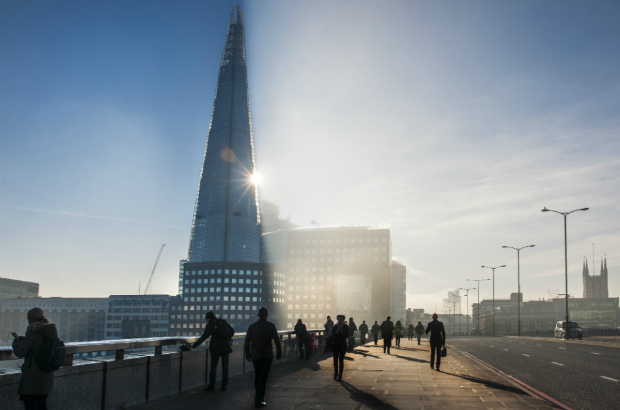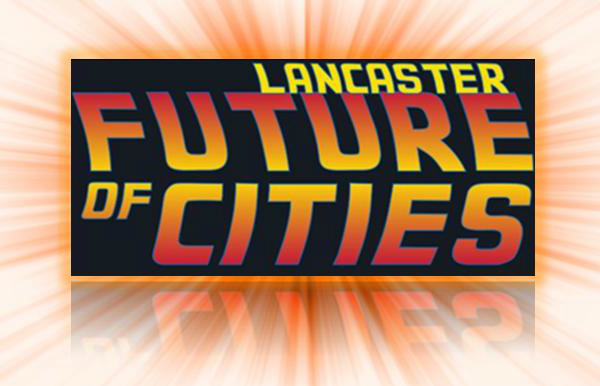Yesterday’s tomorrows: the power of the image

...above) as well as identifying the dominant paradigms of visualisation between 1900 and 2014. A history of the future Visualisations strongly reflect the points of time in which they were...

...above) as well as identifying the dominant paradigms of visualisation between 1900 and 2014. A history of the future Visualisations strongly reflect the points of time in which they were...

...seeing their 10-year growth rate rise by at least 10% between the 1980s and 2000s. Some areas, however, have experienced a steep reduction in their growth rates over this period....

...infrastructure enhancement. Trend 6: Businesses restructuring to better serve city markets City savvy global firms are reorganising themselves internally, so as to better align with city-based opportunities. They are creating...

...his most recent book 'Good cities, better lives', resonate well with some of the emerging themes in the Future of Cities project: free the cities goad city leaders to grow...

...antithesis of visionaries. If you ask me who I worry about beating us, I give very little thought to the traditional power companies. It’s going to be a 'free for...

...tie between environmental concerns and references to money, with ‘everything is free’ as a particularly popular suggestion (and one rather worrying mugging by a Hargreaves-esque Mr. Nosey lookalike). There was...

...to develop cohesive and resilient communities, so it is crucial to discuss how we can better design our cities. In the future, urban design must harness the transformative function of...